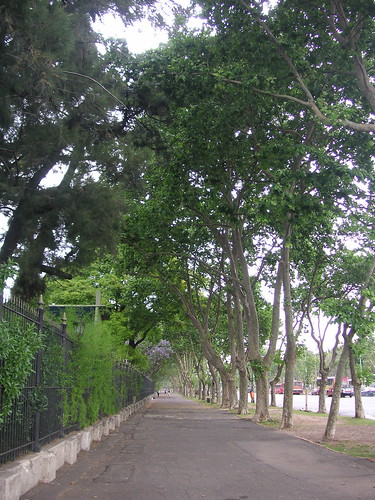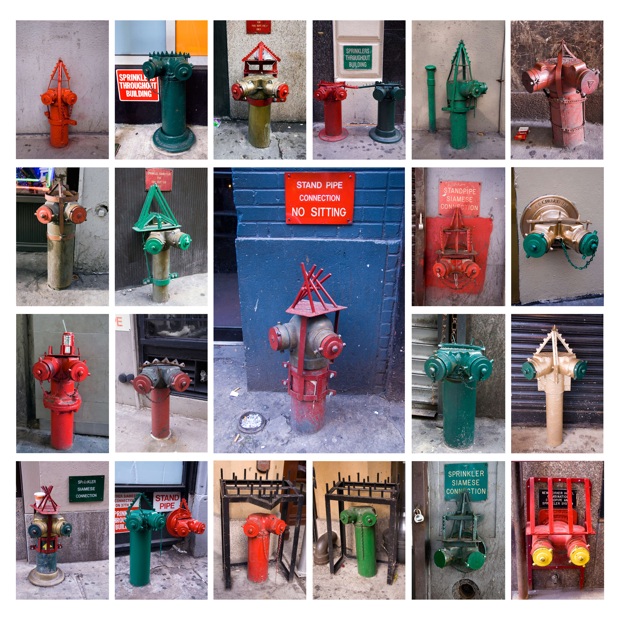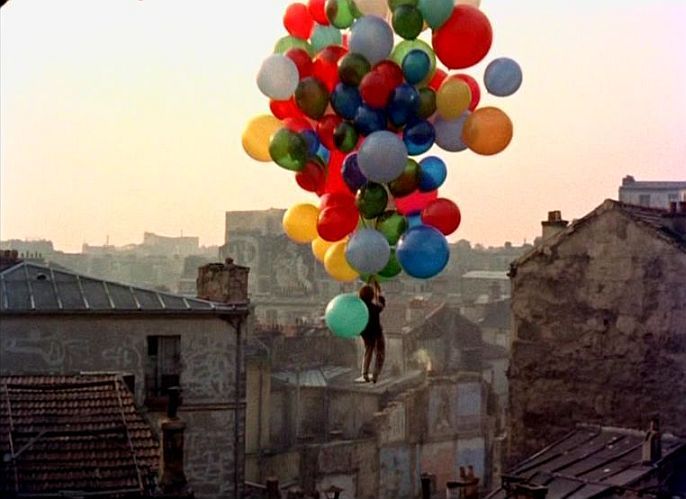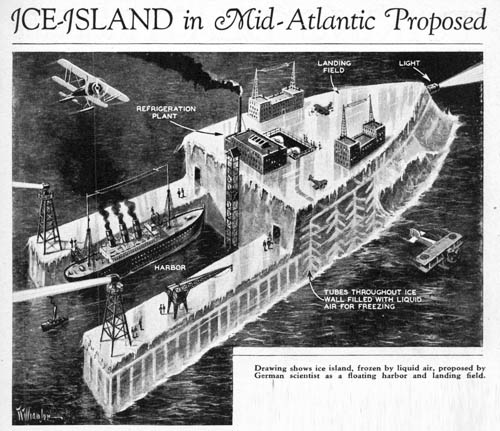Following the ins and outs of local development and zoning debates can be an overwhelming experience. Heated arguments about "quality of life" or "preserving the character of the neighborhood" make you wonder what people are talking about.
These empty words fade away, and all you see is the mortal combat. On one side, a horde of frothing, pitchforked parents and homeowners masses at the door of city hall demanding justice, peace, and eternal stasis for the green green grass of suburbia. On the other side, some befuddled non-profit employee stands blinkingly watching her years of hard work and fundraising vanish in a poof of bureaucratic smoke.
The Star Tribune today has a surprisingly interesting look at how one such debate in the bougie community of "Stonemill Farms" in Woodbury, which is adamantly opposed to the proposed siting of an Alzheimer's patient clinic. People are arguing that scary old people will slaughter their children, or something. "Not in my backyard!", they scream. Old people must live somewhere else, far from my golf course.
In addition to the battle of Woodbury v. the elderly, the article includes this long list of recent NIMBY problems in other Twin Cities' neighborhoods:
Though the proposals may vary, the concerns of the Woodbury neighborhood have been expressed in many metro communities in recent months:
• Plans for an eating-disorder clinic in Orono by the nonprofit Emily Program were scrapped last week after fierce neighborhood opposition. The program is now looking at other cities to locate.
• Signs have gone up in Edina's Countryside Neighborhood voicing opposition to the scope of plans for a four-story, 150-unit senior housing complex being developed in partnership with Colonial Church.
• In August, plans to add a foster home in Centerville for four teenage boys with developmental and mental disabilities were derailed after neighbors objected.
• In 2008, more than 120 residents signed a petition against a planned expansion of Martin Luther Manor in Bloomington. Several other developments for seniors in that city have also drawn opposition.
• In New Brighton, plans for the church-affiliated Clifton House -- at six beds the smallest nursing home in the state -- drew neighborhood opposition before being approved two years ago.
It's so ironic that people in the outer burbs are worried about this kind of thing. Places like Woodbury, Orono, and Edina are the kind of places where, thanks to the total lack of sidewalks, you never, ever have to meet your neighbors. Yards are huge, and well-fortified. Subdivisions have walls, moats, and berms. Driveways are endless, and often hemi-spheric. SUVs march around like hummers through the green zone. How is housing for the elderly a major threat?
Liquid and chimeric, NIMBY can take many forms. But Reporter Jim Anderson does a good job of laying the blame, often a confusing mishmash of ideas like security, safety, threat, change, anxiety, etc., at the foot of the real problem.
The Alzheimer's facility is the latest in a growing list of projects across the metro that are meeting resistance from neighbors who perceive a threat to their communities or fear their property values will erode.
This point is rather perfectly illustrated by another article in today's Star Tribune, about the desire for more local control over land use along the St. Croix river, just on the other border of Afton from the threatening Woodbury old-folks home. Here, change is seen as a good thing by local people, but only if that change comes in the form of local media mogul (L.) Ron Hubbard's new riverside mansion.
Really, the only way to explain the many paradoxes of NIMBY-ism is through property values, which are all based on perceptions of what people think other people this is valuable. On the one hand, it's hard to blame people for feeling this way. Most Americans have absolutely no fiscal worth apart from their homes. A lot is at stake when the county assessor comes over to visit, and tiny differences in the perception of a neighborhood (e.g. whether there is a 'facility' nearby) can make a big dollar difference for a lot of people.
But on the other hand, this concern for maintaining every last dollar of one's equity leads to the most perverse sorts of discrimination. Everything now hinges on maintaining the facade of wealth and stability. Symbolic front yards (that must never, ever be used) become very important. Fake pillars proliferate. Anything that smacks of 'the city' must be exorcised. Old people, Alzheimer's patients, "low-income" anything, any sort of diversity... these are all kept at maximum possible distances. Over time, as more and more of these diverse land uses get placed in the politically easiest spots (Minneapolis' Whittier neighborhood), our metro area becomes a starkly segregated place.
















































